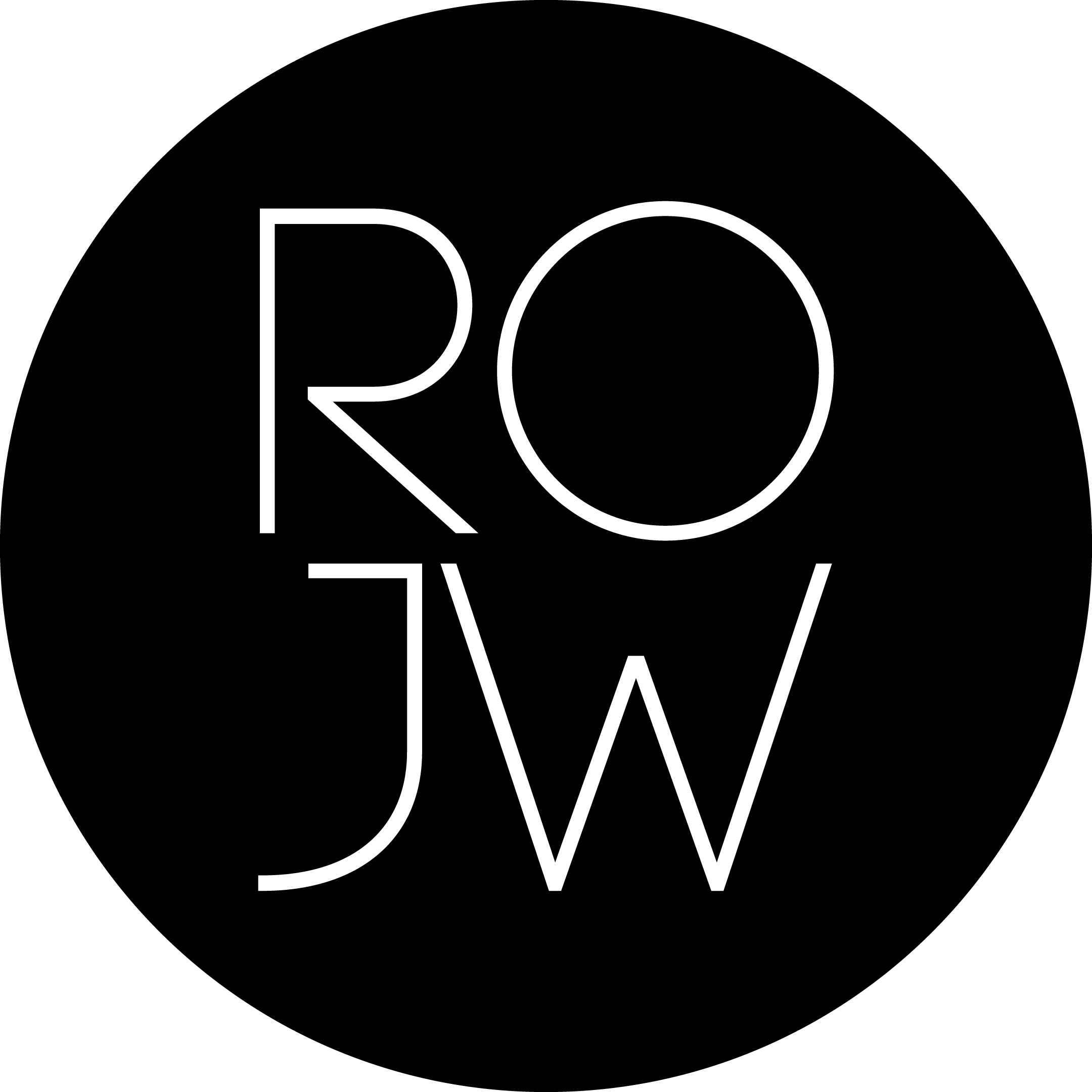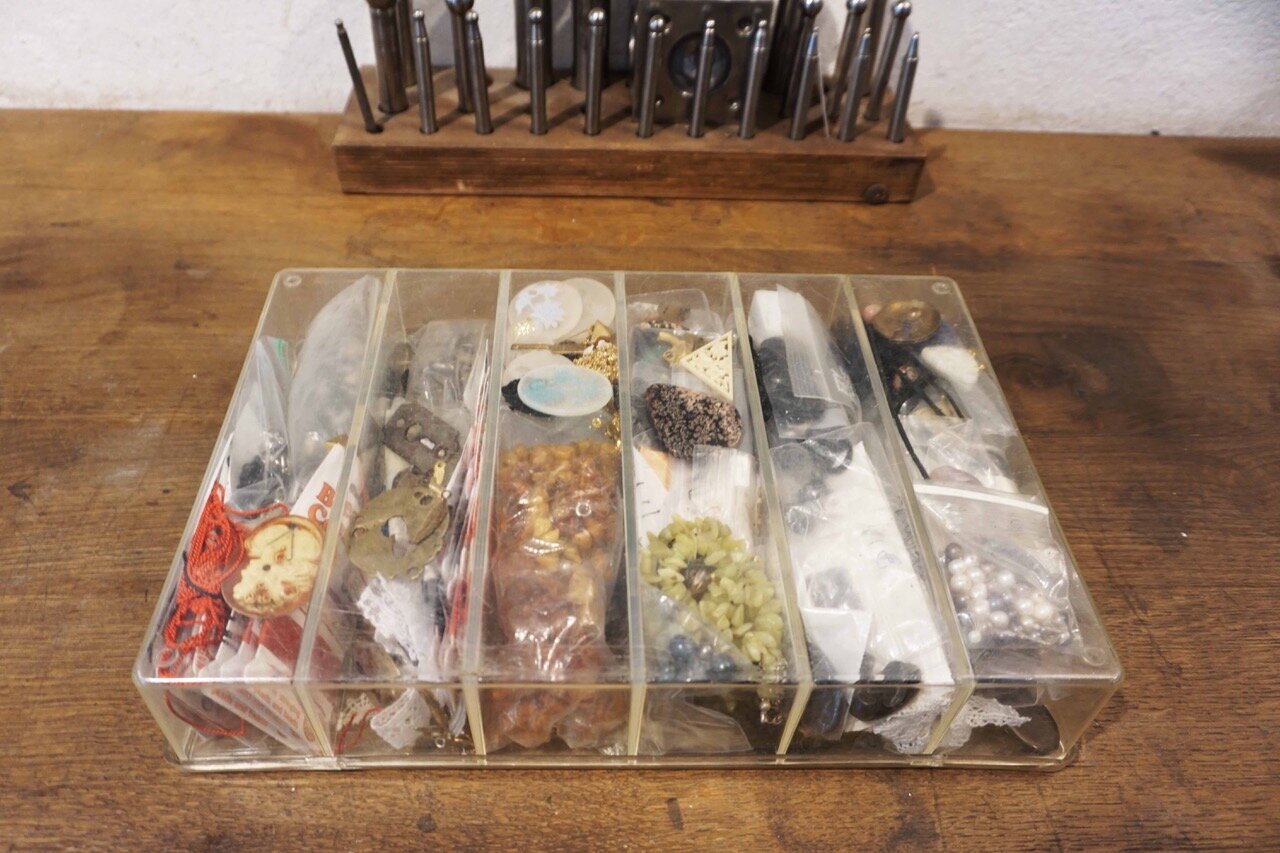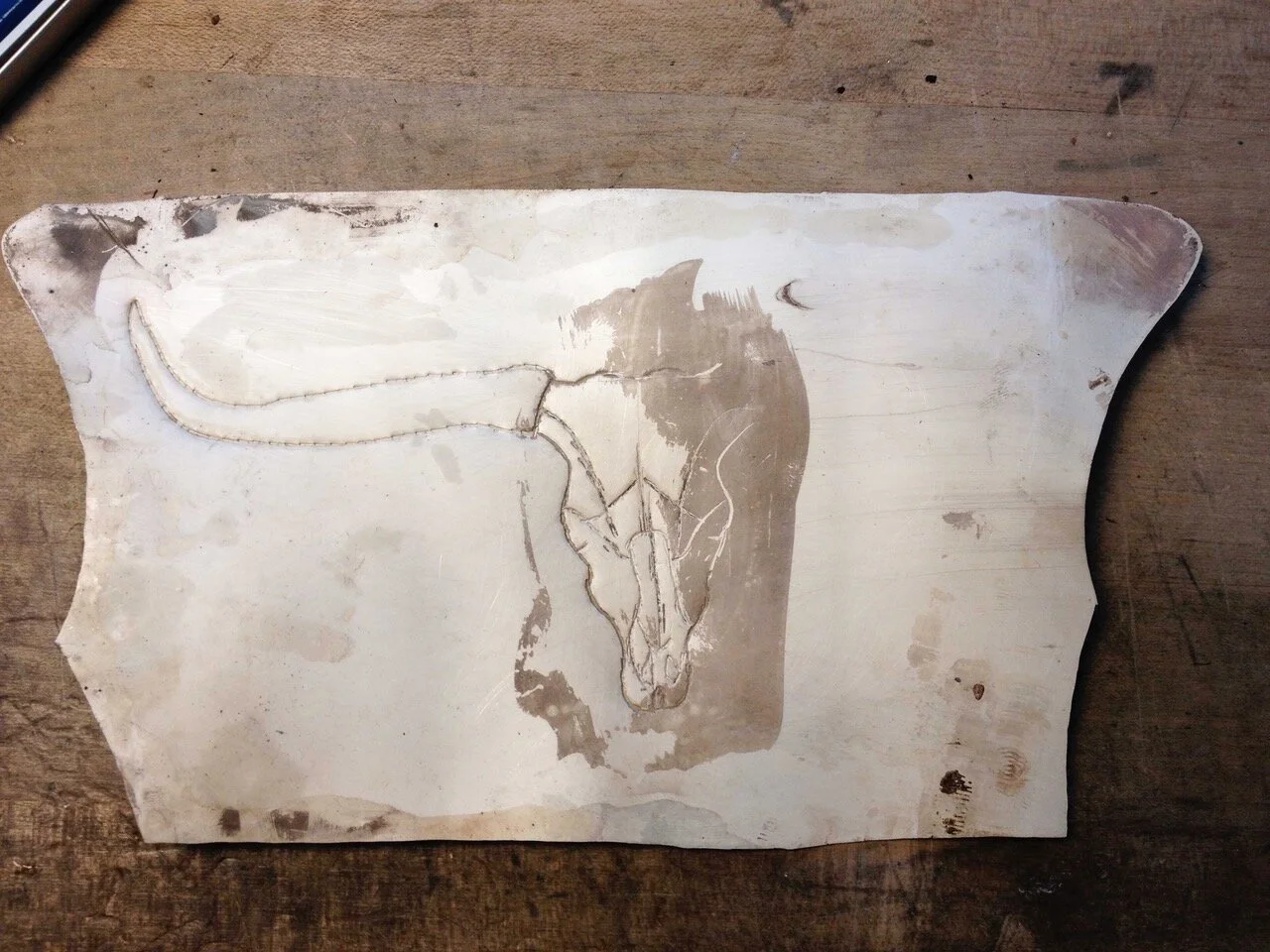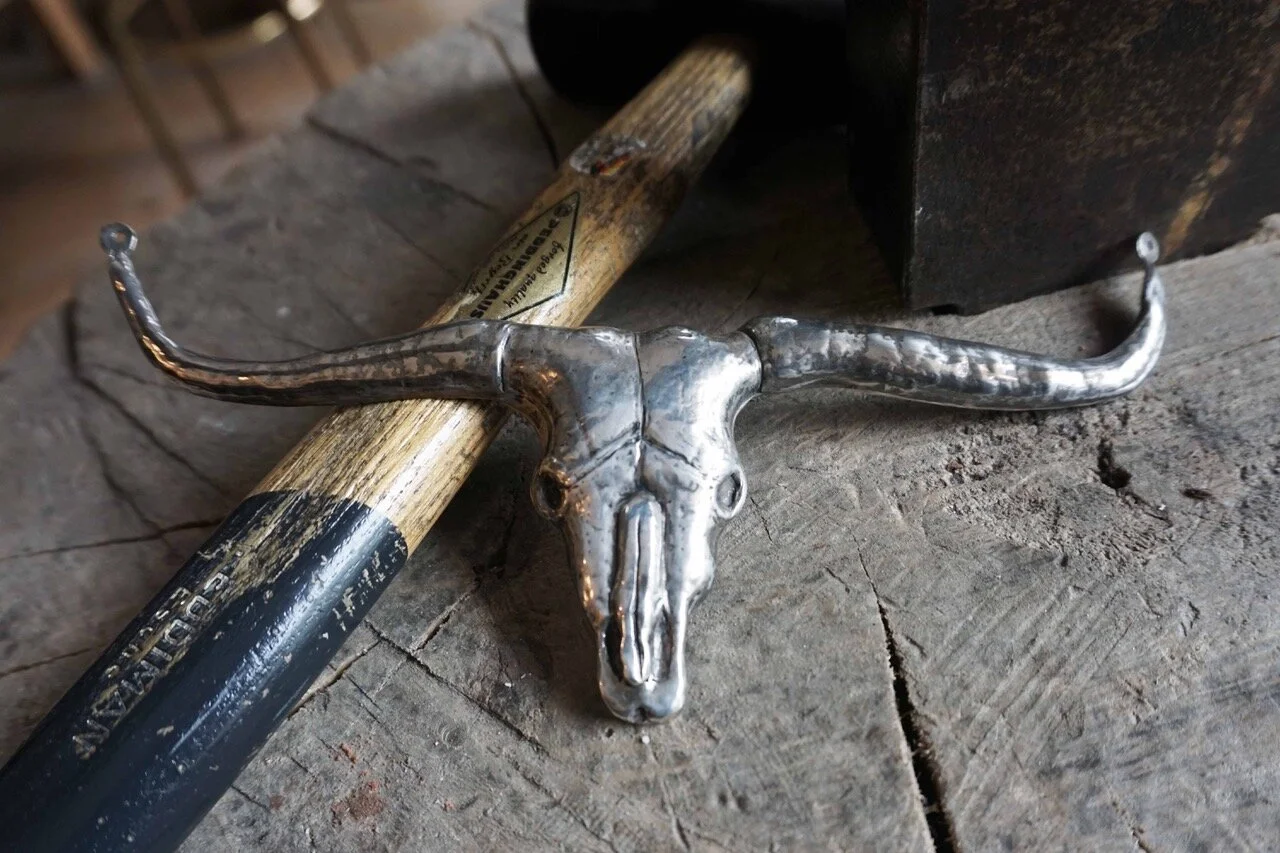Spot the Designer - Anna Butwell/ Germany
What did you want to be when you were a child?
When I was a child, I spent a lot of time reading about serial killers and wanted to become a forensic psychologist in order to study them, I never came close to that. Later plans included being a film director, and I did work in the film industry for many years, but in the art department.
When have you started creating jewelry? How did this passion come about?
When I was 8 or so, I had a pen pal in Lithuania and she would send me long strings of Baltic amber. I would restring them into earrings and bracelets with my fathers fishing line and findings that would turn your ears green from the local Walmart. I was pretty sure there was a better way, but as an 8-year-old in a small town pre-internet, I had no idea how to go about realizing this and the hobby was eventually put aside. Twenty or so years later, I found a flyer for an intro jewelry class at a local community centre in Brooklyn and took my first real class. There were 12 students with attachable bench pins working off one long and a rickety table. Despite the lack of facilities, a passion was born and I soon found a better-equipped goldsmith studio in the neighbourhood offering classes, and away I went. I still carry a string of the aforementioned amber in my box of past and future ideas, it made a 5000 km move with me a few years ago.
What was your first project or significant piece for you and from what point of view?
Be it 6 months or 3 years later, I tend to look back on my past work and think how much better I could do it now, or why did I think that X or Y was a good design choice, and have sent an old piece into the melting crucible. Something that I would consider an early significant piece was not for the actual quality of the work, but the lesson learned in creating it. A few months ago, I took a two-week chasing and repousse class, where I spent about 40 hours working on a silver long horn skull. It was my first time working in that technique. After countless taps of the hammer and flipping the piece into the noxious pitch, it was done and I was pretty proud of myself. The instructor took one look at it, and said that if I did the exact piece ten more times, it would be good. At the time, I was incredibly offended, as I had worked very hard, and it sort of resembled what it was supposed to be. The lesson of repeating and repeating something until you get it right and have the muscle memory is something I have carried on with me from that day on. It is also what I tell my students when they are frustrated with a first attempt at a new technique or project, albeit in a gentler way.
How do you charge your batteries? What other passions and creative interests do you have?
Prior to the current times, I used to watch live music a few times a week. As club concerts no longer exist in such a form, my leisure activities have slowed down a bit. I can often be found face down in local parks reading and have recently taken up Krav Maga to keep the blood flowing.
What does the connection between manufacturing tradition and contemporary design mean to you?
I feel like, with the prevalence of CAD and designing pieces on a computer and outputting directly into wax or resin, it has become more contemporary to utilize traditional techniques above current technology.
Is there a self-portrait piece that speaks most about you?
I have never and most likely never will make a self-portrait piece. I prefer to think that there is a small reflection of myself in my entire body of work.
Which material have you not yet used is a temptation and a challenge for you?
Eventually, I would like to work in platinum, currently, my studio and my budget are not equipped to do so.
How was the pandemic period for you as a jewelry designer?
My studio is a two-minute walk from my flat, so I was able to still work every day during the lockdowns. This gave me a lot of space to create without disruption, and further refine my artistic voice. As the world slowly chugs back towards a new normal, I am thankful for the time I had to further ground my practice.
How do you see the future of contemporary jewellery?
I would like to see more social and political statements expressed through the medium of contemporary jewelry. As far as the future, I think it will reflect the world political stages and technological advancements.
Find more about the designer Anna Butwell




